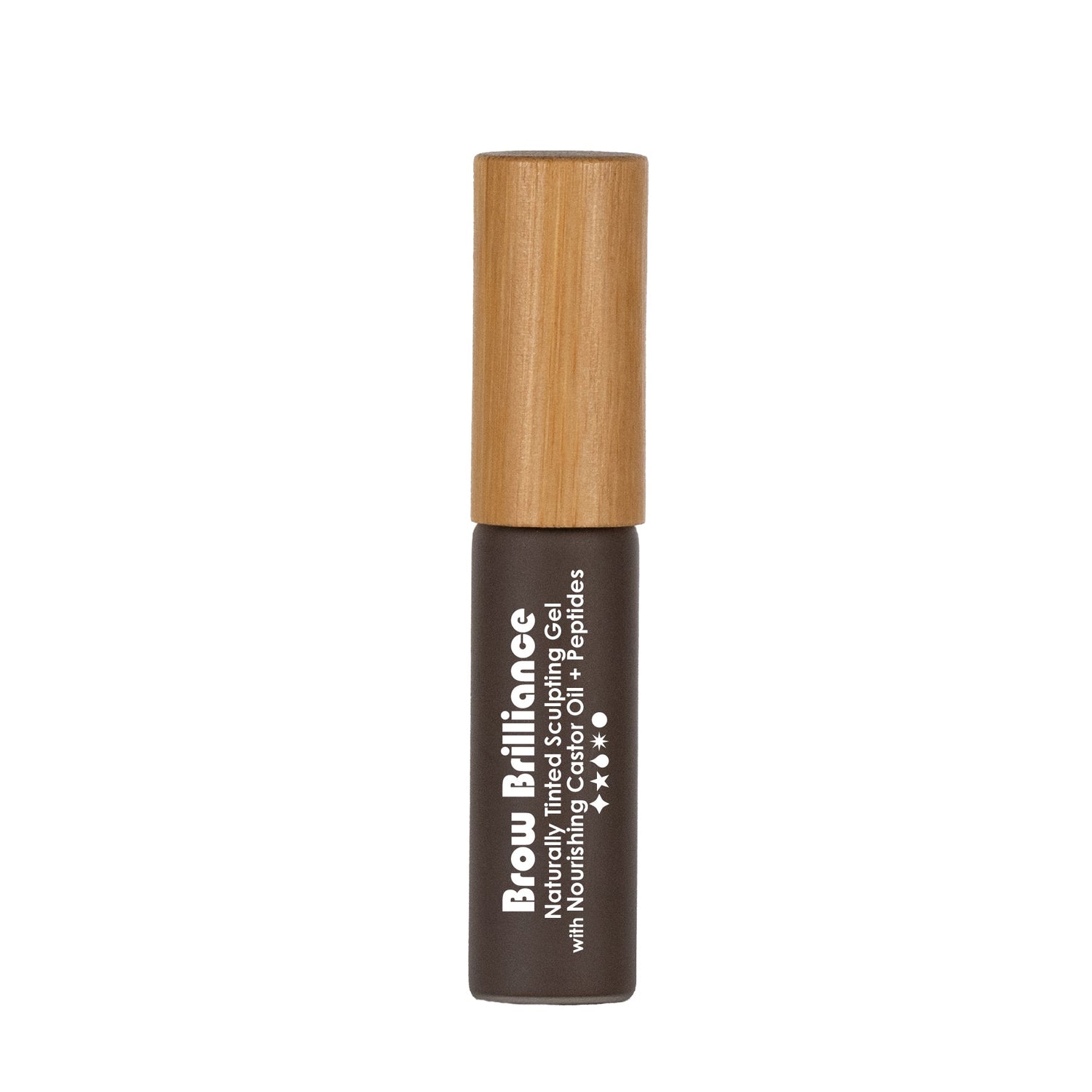The Dish on Soap
The Babylonians mastered soap making somewhere between 2800-2200 BC, and they wrote out the recipe for it on a clay tablet: water, wood ash, and cassia oil. [i] This is the magic formula for soap: water, an alkali, and a fat (lipid). Since its discovery we have used it to clean ourselves, our homes, our animals, and our transportation. We love our suds!
Perhaps soap chemistry isn’t enthralling, but it is important. Chemically, soap is a salt of a fatty acid. One end of the soap molecule attaches to water and the other end of the soap molecule repels water but attaches to oil. When you lather up with soap, one end of the soap molecule attaches to the oil on your body and all the dirt and bacteria that are trapped in that drop of oil. The water end of the soap molecule attaches to the water from the faucet. It is the mechanical action of rubbing the skin that removes the most germs. The friction breaks up and removes the biofilms that house pathogenic bacteria, and rinsing well washes the oil and its germy cohorts off the skin.[ii]
But there’s more: the fatty acids in the lipid used to make the soap are anti-bacterial, so soap kills some bacteria instead of just rinsing it off. Different lipids contain different fatty acids, and fatty acids kill different kinds of bacteria. This anti-microbial action of fatty acids is why healthy skin is self-disinfecting; the natural oils in our skin contain anti-microbial fatty acids. Isn’t our skin amazing?
There are parts of our bodies that are exposed to a heavy load of bacteria, dirt, environmental toxins, and waste, and these areas of the body could use a little help from soap to stay clean. These parts are our pits, private bits, and hands.
There is no need to lather body skin with soapy suds. Pits and private bits are a rich environment for bacteria -- warmth, dampness, darkness, and food. A gentle soap and water wash up is all you need cleanliness. Our warm, damp arm pits offer an irresistible invitation to bacteria. While many are not hosts to bacteria that promote unpleasant body odor, a quick wash with a pure bar of soap and warm water every few days will keep populations of bacteria at a healthy level and prevent biofilms from forming.
Yonis are self-cleaning and do not need to be thoroughly washed, but it is a good idea to make sure that any soap suds that flow to yoni-land are fully rinsed off.
Hand-Washing: Health is in Your Hands
Good hand hygiene is frequently called the “do-it-yourself vaccine” because this simple act can help protect you and your family from infection and disease. A thorough hand washing reduces transient bacteria on the hands and prevents pathogenic bacteria from building biofilm under the fingernails. It also breaks the illness chain by preventing hand to hand transmission.
Hand-Washing How-to
Hand washing is easy, right? Wet. Lather. Rinse. Dry. What else is there to know?
There is a little bit of strategy to the best hand washing protocol. It is recommended to rub soapy hands together for at least 20 seconds, which is the time it takes to sing the Happy Birthday song twice. Don’t forget to rub the tops of your hands and fingers!
Skip the anti-bacterial soaps, sprays, and gels and stick with simple, pure soap. In a study comparing hand-washing products, volunteers washed their hands with regular soap, antibacterial liquid soap, alcohol-based hand gel, regular soap plus an alcohol gel, or regular soap plus a nailbrush. Regular soap plus a nailbrush eliminated the most germs. The alcohol anti-bacterial gel killed the fewest germs. [iii]
A nailbrush is a great tool for when you need a deeper clean. A nailbrush with natural bristles is non-absorbent and flexible enough to gently reach the dirt and pathogens that get trapped under the nails, in the nail bed and in the cuticles. Similar to brushing your teeth, aggressive brushing is not needed to break up biofilms and get the hands clean.
__
Nadine Artemis, the founder of Living Libations, is the author of Holistic Dental Care: The Complete Guide to Healthy Teeth and Gums, and Renegade Beauty: Reveal and Revive Your Natural Radiance, which was named one of “The Top 10 Books on Skin Care” by The Strategist of New York Magazine. She is a respected media guest and contributor, and her products have received rave reviews in the New York Times, LA Times, Elle, People, Vogue, and Hollywood Reporter. Described by Alanis Morissette as “a true-sense visionary,” Nadine crafts elegant formulations and healing creations from rare botanicals that have skin glowing around the world. Her concept of Renegade Beauty encourages effortlessness and inspires people to rethink conventional notions of beauty and wellness.
[i] www.Soaphistory.net
[ii] Dig deeper into the antimicrobial properties of fatty acids in Lipids and Essential Oils as Antimicrobial Agents. John Wiley & Sons, Ltd. 2011
[iii] https://www.ncbi.nlm.nih.gov/pubmed/14672227



